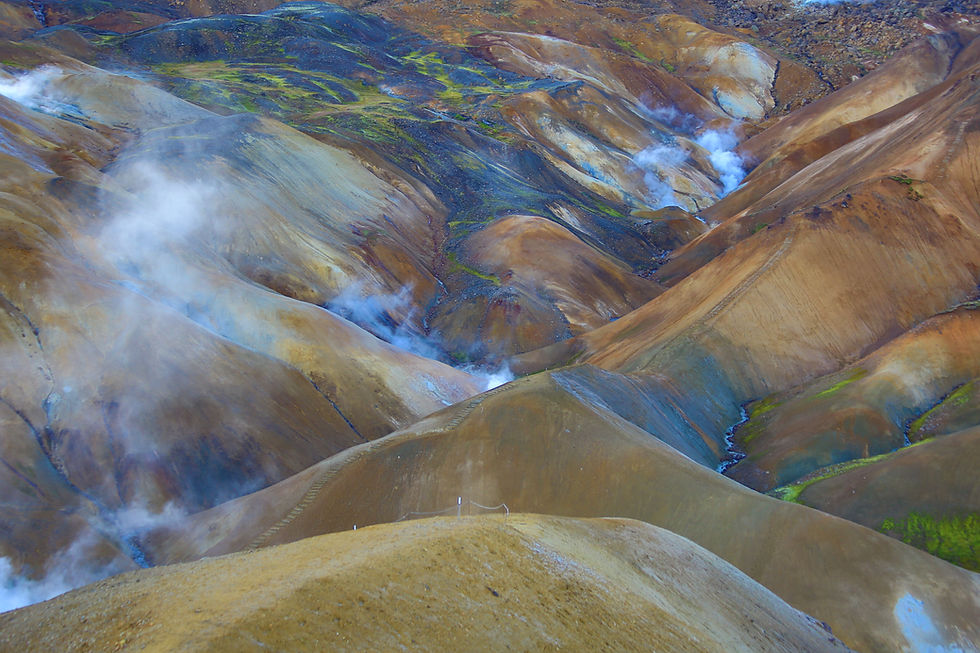Indian Arm: The Legend, The Colonial Days, and The Present
- Jul 3, 2022
- 3 min read
Updated: Apr 9, 2024
In every culture there is a story about a great flood. It is no different for this great fjord called Indian Arm.

A Squamish Chief once told a story about a great flood that happened in this area. He told of a time when it rained for many weeks and the water had risen higher than ever before. Out of fear, the inhabitants of the area built a giant canoe and they used the cedar fiber to tie it to a large rock. It was stocked well with food and drink, and the best men and women were selected to inhabit the canoe. As it rained, the water rose up to Lake Beautiful (aka Buntzen Lake) and all were so afraid that no one entered the canoe. There are many variations of this story - one in which the Squamish people tied their canoes to Mount Garibaldi or better known as Nch’ḵay̓, to escape the rising waters. Such hardship in the earlier years for such a beautiful place.

In 1792, while searching for the fabled Northwest Passage, Captain George Vancouver stumbled upon the an inlet which he later named Burrard; after his nephew. From the inlet he sailed north along the waterway into what we now call Indian Arm. Long before his arrival, the Tsleil-Waututh had already settled in the area they called səl̓ilw̓ət.

This is the place between sea and mountain.

Today, Indian Arm is settled with many "villages" along its coastline. This includes Belcarra Peninsula (aka təmtəmíxʷtən), Deep Cove, and Cozy Cove just to name a few.
There are also the remnant historical Buntzen Powerhouses originally built in 1903 to provide 1500 kWh of hydro generated electricity to the City of Vancouver. Powerhouse #1 still runs till today and is given the honorable position of being the oldest generating station for over 100 years.

Further along up fjord, a sliver of fall appears on the left-hand side below Mount Seymour. Aptly named Silver Falls, it is fed by the ice melt off the mountain that flows from Lake Elsay along the Elsay stream into the fjord, bringing fresh water to the already cold deep waters.
Deep into the northern most part of Indian Arm is Granite Falls, and the Wigwam Inn. The area of Granite Falls is now a camp site, while the inn is now an exclusive yacht club. It is hard to imagine that the Wigwam Inn was at one time a brothel and gambling house. There were many ferries carrying many customers along the waterway to this then main destination.

Today, many use the fjord for boating and fishing. There are many camp sites along the water way and on the many islets that dot the fjord.


One can see the old historical cabins along the shore line. This one in disrepair while another being restored from previously being vandalized.
While on the water be sure to be on the lookout for the wildlife in the area. There are seagulls, bald eagles, herons, and seals. And if you are very lucky, there have been sightings of orcas too.

On a clear and sunny day, one can even see jelly fish, star fish and crabs along the shoreline . Make a stop at one of the many islands along the way; from Jug Islet, Twin Islands, and Raccoon Islet. These are part of the Say Nuth Khaw Yum Heritage Park / Indian Arm Provincial Park created in 1995 and jointly managed by Tsleil-Waututh First Nation and the Government of British Columbia.
A great way to experience Indian Arm is by canoe or kayak. Stay close to the water's edge to look for the many native carvings made in the stone above the waterline. Use the following regional map for the many scenic sights along the way.

But to visit the backcountry to the far north of the fjord, take a motor boat. The water is cool on a bright sunny day, and it is relatively calm (as long as there aren't any other speed boats along the way!) The views are magnificent, with the snowcapped mountains jutting high above the fjord.

Thanks to our host of Carriage House for taking us on his boat to the northern end of Indian Arm. Click here for the video of this adventure.



































Comments